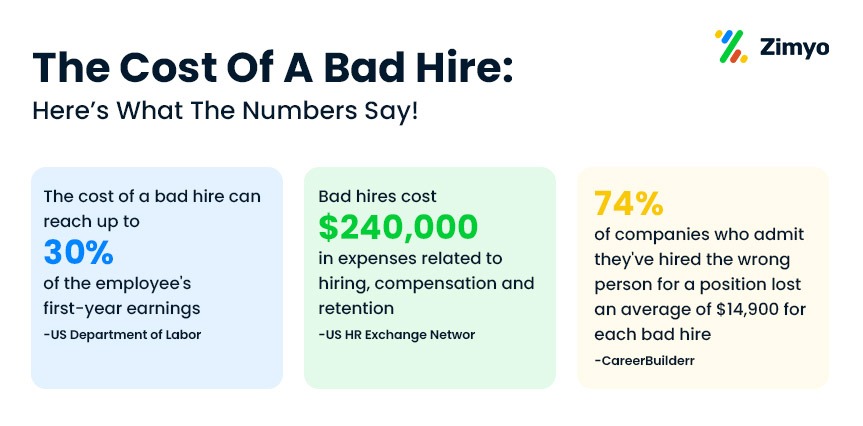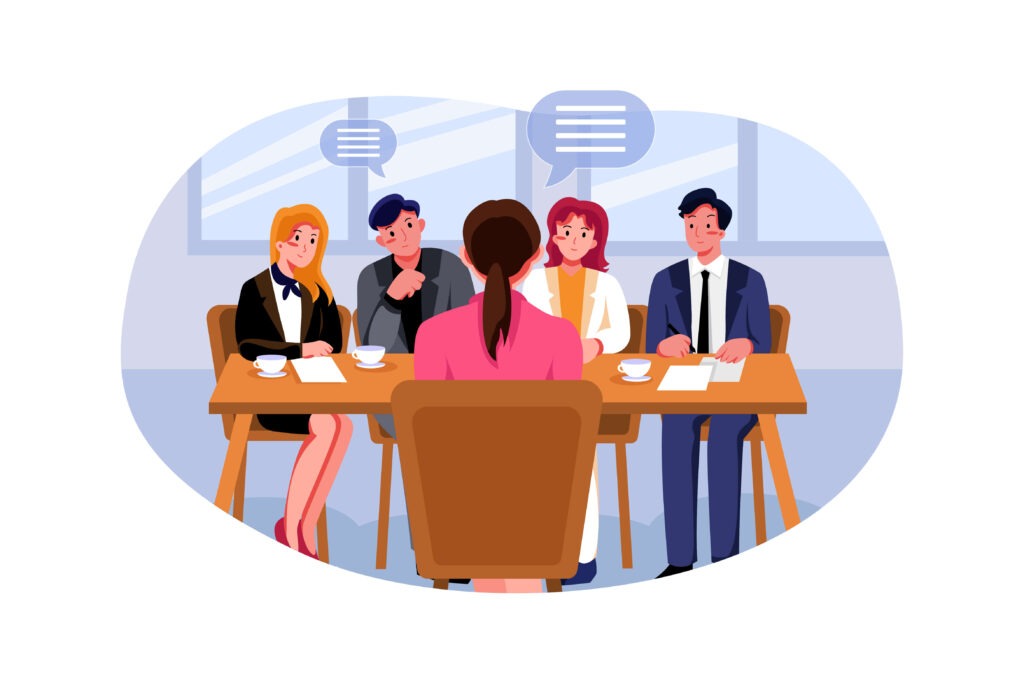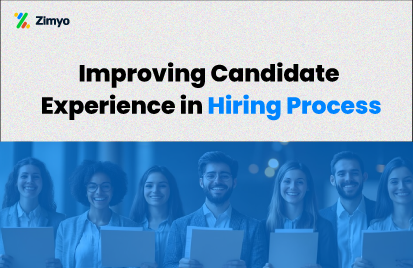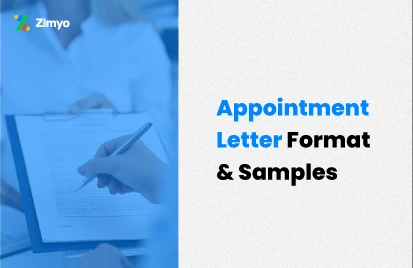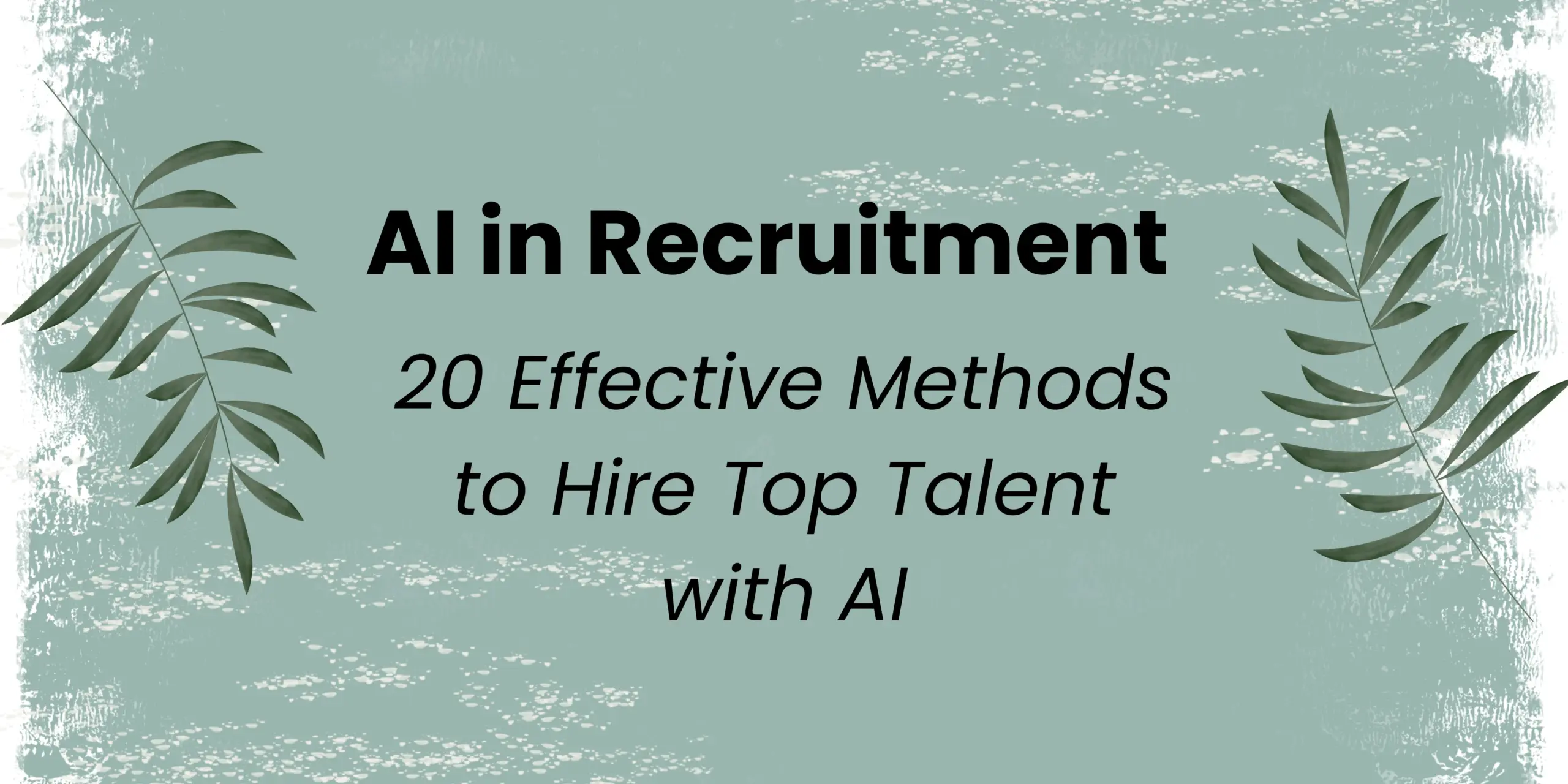Poor hiring decision is the most costly mistake you can make!❌
Nothing can be more disheartening than discovering that the new hire you hoped would be one of the best performers isn’t doing a good job. ?
Consumers begin to raise inquiries, and your already overworked high achievers are obliged to step in and take care of things, putting them one step closer to job burnout.
Many flourishing businesses make a huge error when attempting to grow. They frequently hire the wrong persons for the job in their haste to fill in the vacancies. A bad hiring decision, unlike a bad haircut, can damage your career. ☹️ In fact, employee disengagement and a bad company image can cost a lot of money.?
? Did You Know?
- According to a poll, by the 18-month mark, 46% of all recruits are considered failures.
- According to a CareerBuilder survey, more than half of 6,000 recruiting professionals throughout the world stated they had experienced the adverse effects of hiring a poor employee.
Companies are pressured to maintain good standards, keep clients satisfied, and manage expenses since they are operating in a competitive industry.
But how much does a bad hire cost? What is the price to be paid?? In this blog, we will discuss about what a bad hire is, how much does it cost as well as what you can do to prevent those costs.
What Is A Bad Hire?
Even the most seasoned recruiters confess it: Once in their career, they’ve made a mistake and hired a bad fit.✅ Although the candidate’s CV was impressive, and they performed admirably in the interviews, they did not prove to be a good fit for the firm. Here are some of the most typical reasons why a recruiter might hire a bad fit:?
- Pressure to fill the vacant position as soon as possible.
- Finding excellent talent is proving to be difficult.
- Putting an emphasis on talents rather than attitude.
- Failure to do a thorough background check.
A bad hire can be described in a variety of ways. These are some common attributes:?
- A candidate who lacks all of the necessary qualifications.
- An employee who exaggerates their accomplishments.
- A worker who is unpleasant to work with.
- Someone who is sluggish and takes a long time to complete tasks.
- A person who is frequently late or absent from work.
- An employee who does not deliver quality work.
- An employee who does not work well with his/her colleagues.
Cost Of A Bad Hire: Here’s What The Numbers Say!
If you’ve spent any time researching this topic, you’ve definitely come across a variety of nerve-wracking estimates, such as the ones that follow:?
- A bad hire can cost up to 30% of an employee’s first-year salary, according to the US Department of Labor.
- Bad hires cost $240,000 in hiring, salary, and retention costs, according to HR Exchange Network.
- According to CareerBuilder, 74 percent of organisations that admit to hiring the wrong person for a job experience an average loss of $14,900 for each failed hire.
These figures are disturbing, to say the least!☹️
Most Common And Costly Recruitment Errors
- A poorly written job description
- An advertisement for a job that does not match the job description
- During an interview, asking inappropriate questions and failing to market a job offer
- Lengthy recruitment process.
- Applicant input is lacking.
Hiring mistakes can occur at any point during the process and have a variety of effects.
The above mistakes put you at risk of hiring the wrong person. ❌ This type of poor hiring could cost the company a lot of money.?
How Much Does A Bad Hire Cost?
Bad hiring decisions can jeopardize the success of a small company with a tight budget. Even for large-scale organisations, the cost of lost employee productivity, hiring fresh talent, and training becomes expensive.?
⌛ Reduced Employee Productivity
A decrease in employee productivity is one of the most common characteristics of a bad hire. Underperformers, on the other hand, can lower the bar for other people.
Before you realize it, you’ve got a group of employees that aren’t showing up early for work, are distracted from their tasks, and produce subpar work. Even if you fire the first problematic employee, you’ll need to devote time and money to improve the conduct of the rest of your team.
? Lost Time In Recruiting New Employees
According to a global survey conducted by LinkedIn, recruitment can take anything from a few days to four months. Finding a replacement for that employee might take a long time and cost a lot of money.
Hiring a new employee might cause delays in delivery of important tasks that might be crucial for your business. This can prove to be a disaster for the organisation. Filling that vacancy can take many months in some situations, placing strain on recruiters and aggravating hiring teams.
If the hiring team can’t come to an agreement, the process can drag on, and the top prospects may end up looking for work elsewhere. And the cycle repeats again!
? Expenses In Training A New Employee
The costs of recruitment and onboarding are only the beginning. Even though your new workers come with years of expertise, they will require time to adjust to the workplace culture and activities.
Training costs are determined by how skilled, and competent applicants are when they begin a new position. A web developer with prior experience, for instance, may just require a week of training. If the applicant for an assistant manager position, on the other end, has no prior professional experience, they may require some weeks of training to adapt to their new post.
According to the 2014 Training Industry Report, employers pay an estimated $1,200 per person on training. Furthermore, the Society for Human Resource Management points out that there are certain hidden expenses associated with onboarding a new employee. They are as follows:?
- The supervisor’s expenses
- The cost of an employee’s time during training
- The cost of equipment and instructional materials
- The time commitment of a mentor
☹️ Negative Impact On Employee Morale
Negative employee morale, according to many employers, is more important than financial losses. Why? Because one rotten fruit can ruin the whole lot. Companies are often unable to overcome low morale since it is contagious.
It has the potential to cause discontent, poor performance, absenteeism, and high employee turnover.
A Robert Half study has revealed some shocking facts. Even though the majority of managers identify a problematic worker within the first month of employment, it can take up to nine weeks to fire them.
When a disengaged employee fails to accomplish their tasks, the burden may fall on your skilled employees. Finally, they may become burned out as a result of too much work and leave your organisation. You’ll lose valuable employees, and you’ll have to spend time and money to replace them.
❌ Negative Impact On Client Solutions
Hiring a new employee is not only expensive, but it can also cause delays in operations. Clients can sense your company’s flaws, whether they’re sales, administrative, service, or product-related. All of these shortcomings have the potential to tarnish your professional image and harm your brand over time.
Key Takeaways
To summarize, a poor hire can result in:?
- A decrease in employee output.
- Recruiting a substitute increases the company’s monetary expense.
- More money will be spent on training new employees.
- Employee discontent, reduced performance, absenteeism, and turnover are all signs of low employee morale.
- Operations are delayed, and customers are disgruntled.
A bad hire can contaminate your entire organisation, make you doubt your leadership qualities, and jeopardize your company’s success.?
However, they do not have to occur as frequently as they do.❌
However, how can poor hiring be avoided? How can we make our recruitment more efficient? With an applicant tracking system, yes you read it right!?
An applicant tracking system, which is both user-friendly and effective, will save you the time and effort required to properly organize and execute the hiring process. It will also make sure that you hire the best talent – EVERY TIME! ?


